Forgotten NASA projects
NASA is often celebrated for its monumental achievements, like the Apollo moon landings and the Mars rovers. However, nestled within its illustrious history are projects that remain largely unsung. These hidden gems have quietly contributed to scientific knowledge and technological advancements, even if they didn’t capture the public’s imagination at the time. Let’s delve into these fascinating endeavors and uncover the stories behind the missions that may have slipped under the radar.
The Mysterious Project Vanguard

Project Vanguard was a pioneering effort led by the United States to launch the country’s first artificial satellite. Despite its technical challenges, it was notable for being the first project to use a three-stage launch vehicle. While Vanguard didn’t achieve its primary goal before the Soviet Union’s Sputnik, it became an important stepping stone in the space race, demonstrating early satellite technology and providing valuable data on Earth’s shape and atmosphere.
The Curious Case of Project Echo
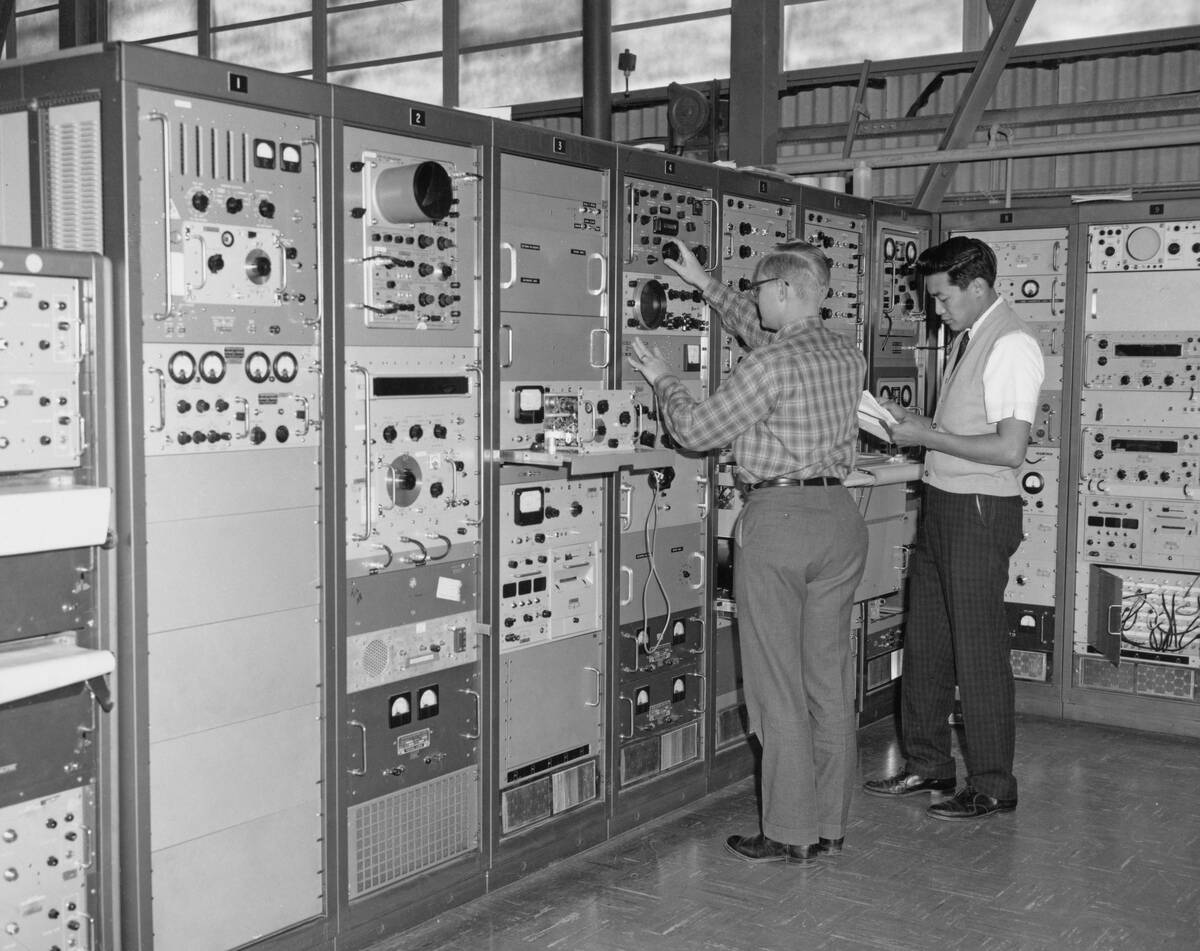
Project Echo was a unique experiment involving passive communication satellites. Launched in 1960, Echo 1 was essentially a giant metallic balloon that reflected radio signals. This simple yet innovative concept paved the way for future active communication satellites by proving that signals could be bounced off orbiting objects. The project was a success, leading to advancements in telecommunications and helping to shape the future of global communication networks.
Unveiling Project Gemini’s Lesser-Known Missions

While Gemini is often overshadowed by Apollo, it was crucial in developing space travel techniques. It tested orbital maneuvers, spacewalks, and docking procedures, which were vital for moon landings. Gemini’s missions also involved extended stays in space, providing insights into human endurance in zero gravity. The program’s achievements laid the groundwork for the complexities of lunar missions, making it an unsung hero in NASA’s storied history.
The Surprising Saga of the X-20 Dyna-Soar
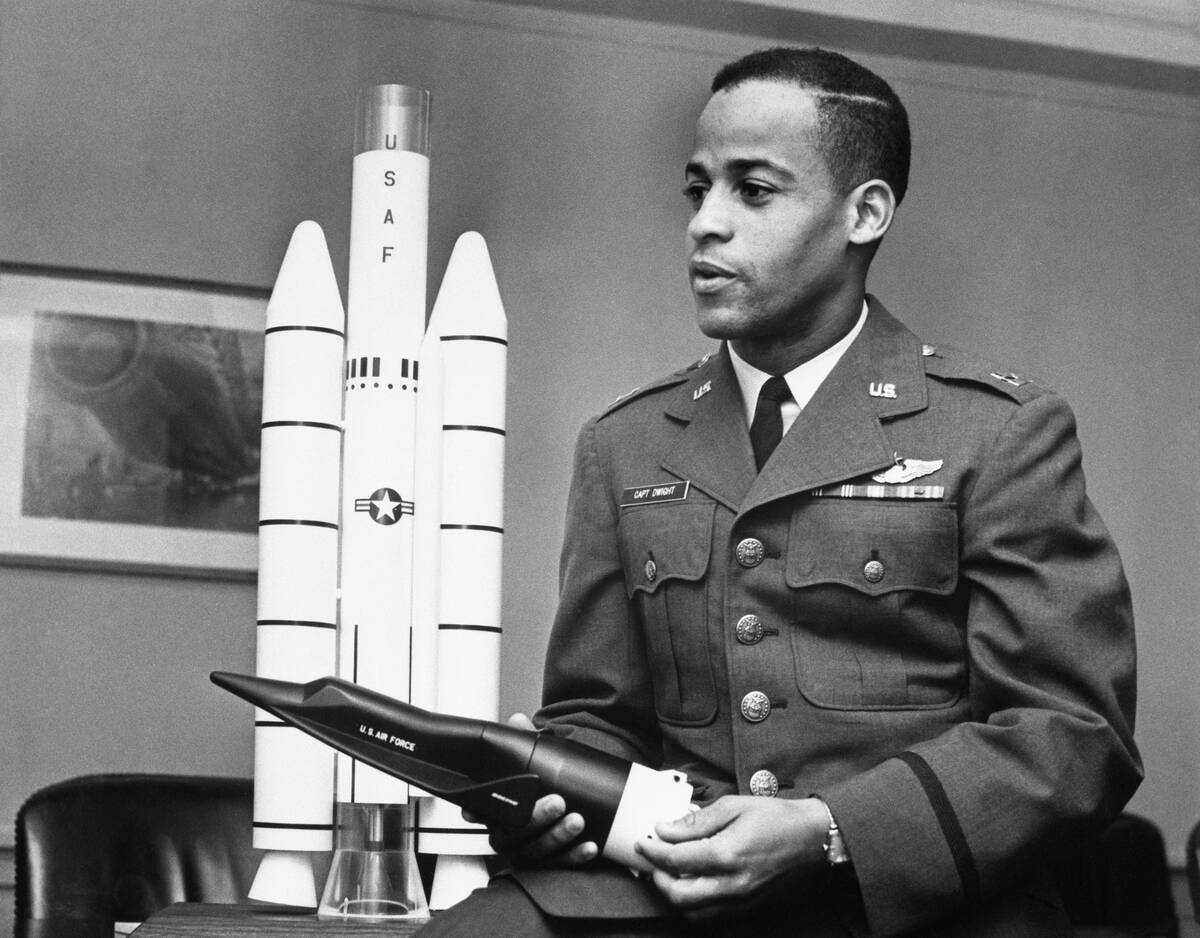
The X-20 Dyna-Soar was an ambitious project aimed at creating a spaceplane capable of military and scientific missions. Although the program was canceled in 1963 before any flights occurred, it influenced later spacecraft designs, including the Space Shuttle. The Dyna-Soar concept of a reusable space vehicle was ahead of its time, and its technological advancements contributed to the eventual realization of spaceplane capabilities.
The Enigmatic NERVA Program
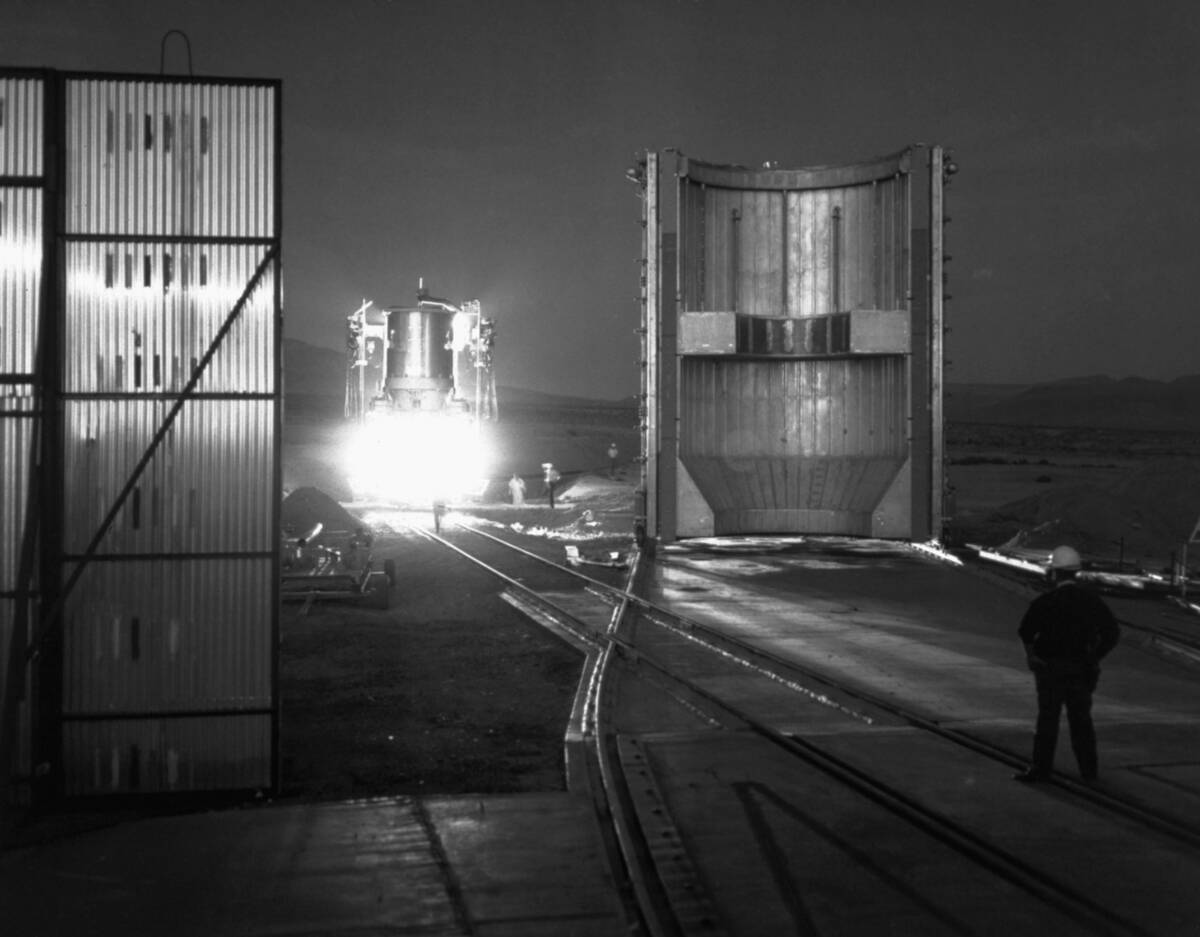
NERVA, or the Nuclear Engine for Rocket Vehicle Application, was a program focused on developing nuclear thermal rocket engines. In the 1960s and early 1970s, it aimed to provide efficient propulsion for long-duration space missions. Although the program was shelved due to budget cuts and changing priorities, the research conducted under NERVA remains relevant today, especially as interest in deep-space exploration and nuclear propulsion technology resurges.
Seasat: The Ocean Explorer Ahead of Its Time
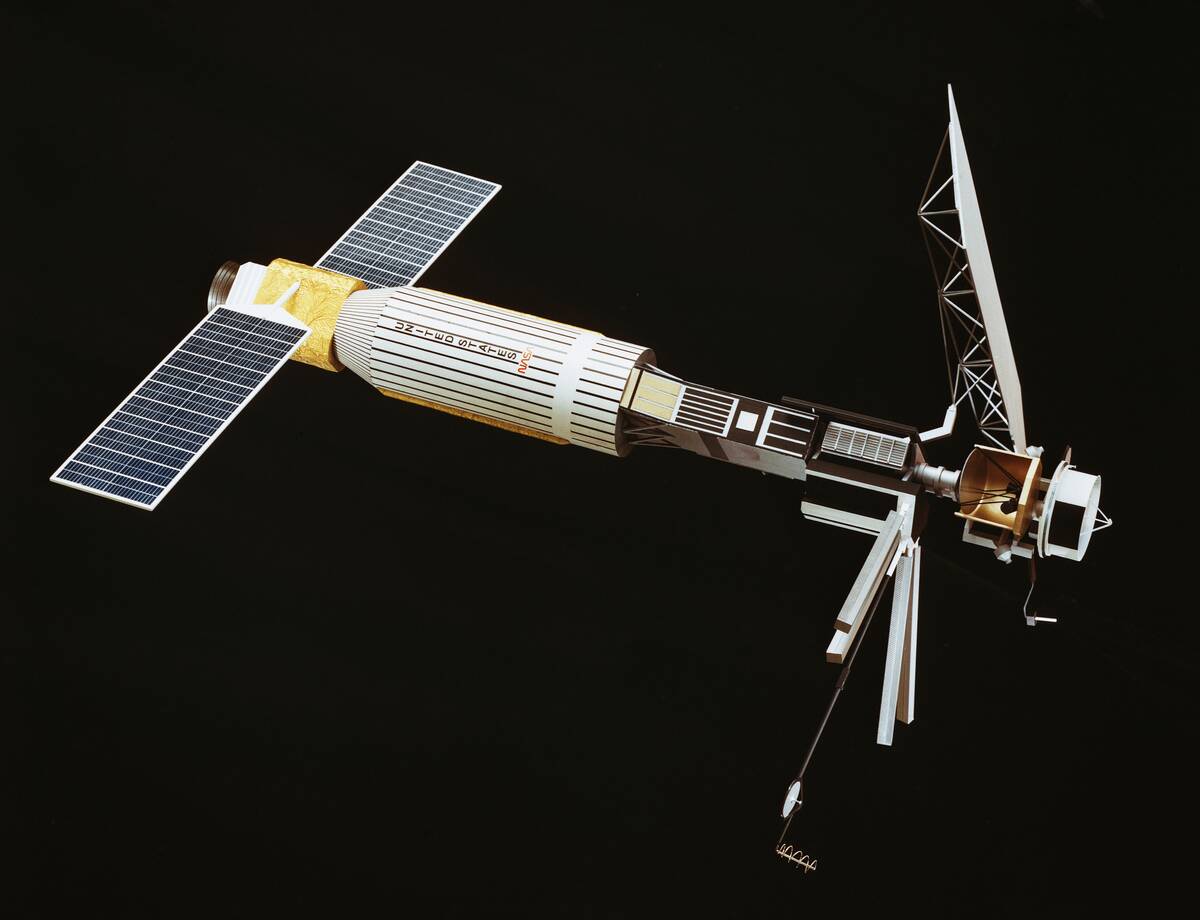
Launched in 1978, Seasat was the first satellite designed to monitor Earth’s oceans. It was equipped with radar systems that provided unprecedented data on sea surface conditions, wind speeds, and wave heights. Despite its short operational period of just 105 days, Seasat’s data revolutionized oceanography and paved the way for future Earth observation missions, demonstrating the potential of satellite technology in environmental monitoring.
Skylab: The Forgotten Space Station Experiment
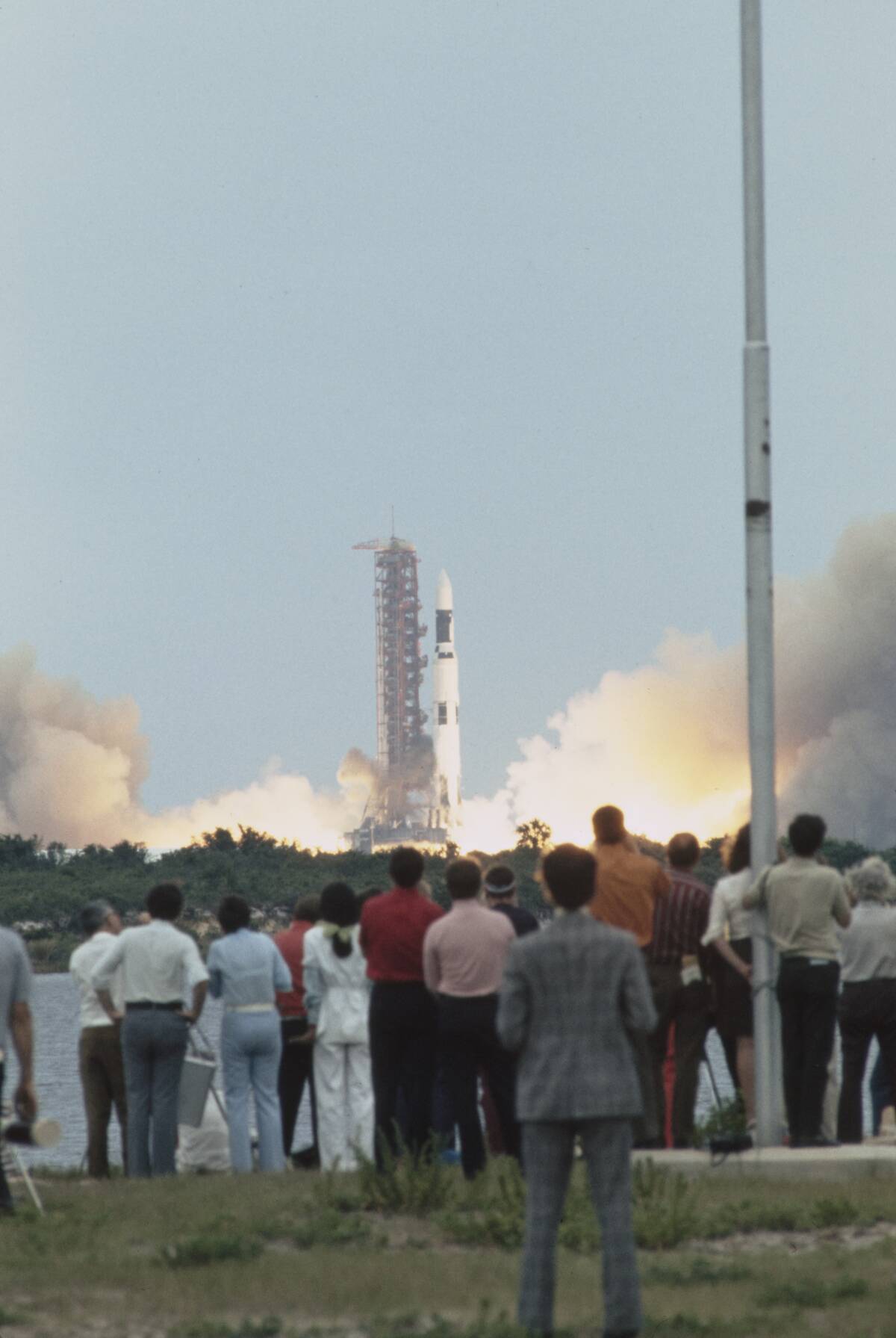
Skylab was the United States’ first space station, launched in 1973. It served as a laboratory for conducting numerous scientific experiments in microgravity environments. Skylab’s missions provided valuable insights into living and working in space, setting the stage for the International Space Station. Despite its significant contributions to space science, Skylab often gets overshadowed by later space station endeavors, making it a forgotten milestone in NASA’s history.
The Uncelebrated Pioneer 10 and 11

Pioneer 10 and 11 were trailblazers in outer solar system exploration. Launched in the early 1970s, they were the first spacecraft to travel through the asteroid belt and make flybys of Jupiter and Saturn. Pioneer 10 was also the first human-made object to leave the solar system. These missions provided groundbreaking data on the outer planets and laid the groundwork for later missions like Voyager, yet they remain less celebrated than their successors.
The ASTP: When NASA Met the Soviets
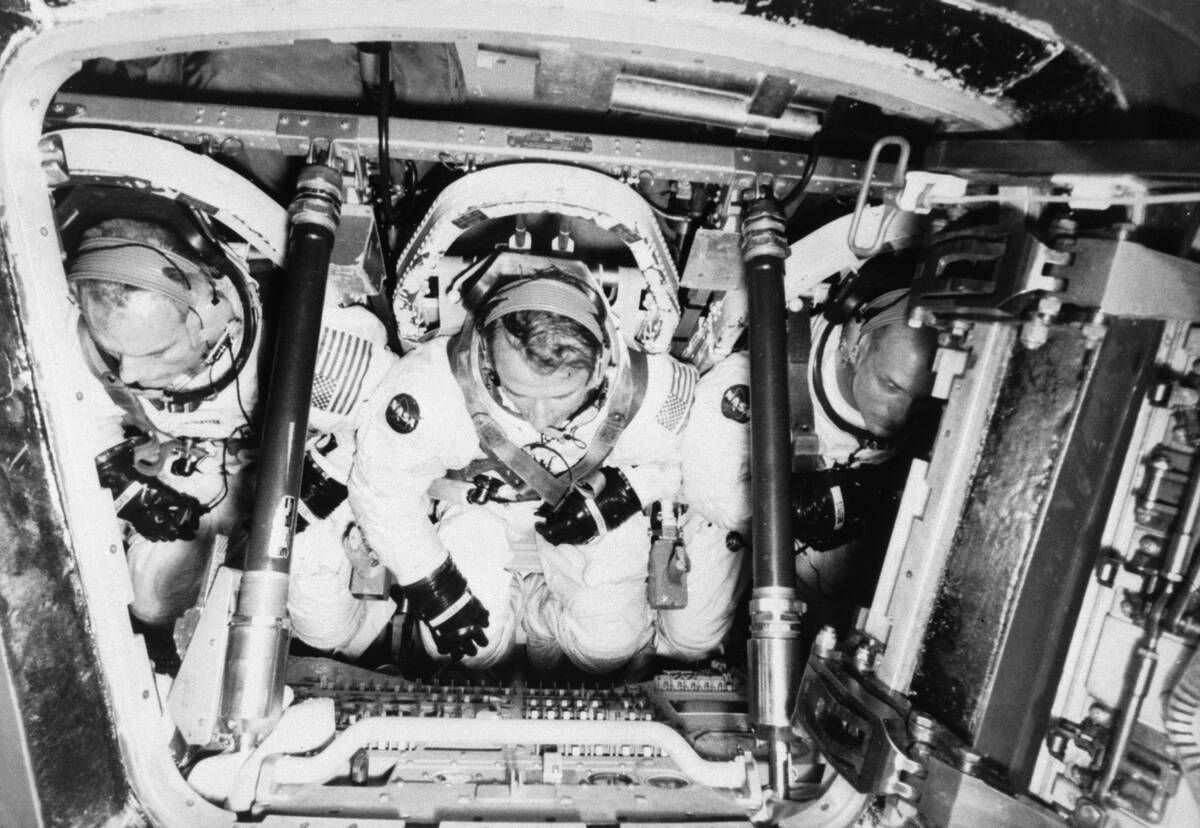
The Apollo-Soyuz Test Project (ASTP) in 1975 marked a historic collaboration between the US and the Soviet Union. It was the first international human spaceflight mission, symbolizing détente during the Cold War. The mission involved docking an Apollo spacecraft with a Soviet Soyuz capsule, fostering goodwill and cooperation in space exploration. ASTP demonstrated the potential for international collaboration in space, setting a precedent for future joint missions.
The Story Behind the Space Shuttle Enterprise
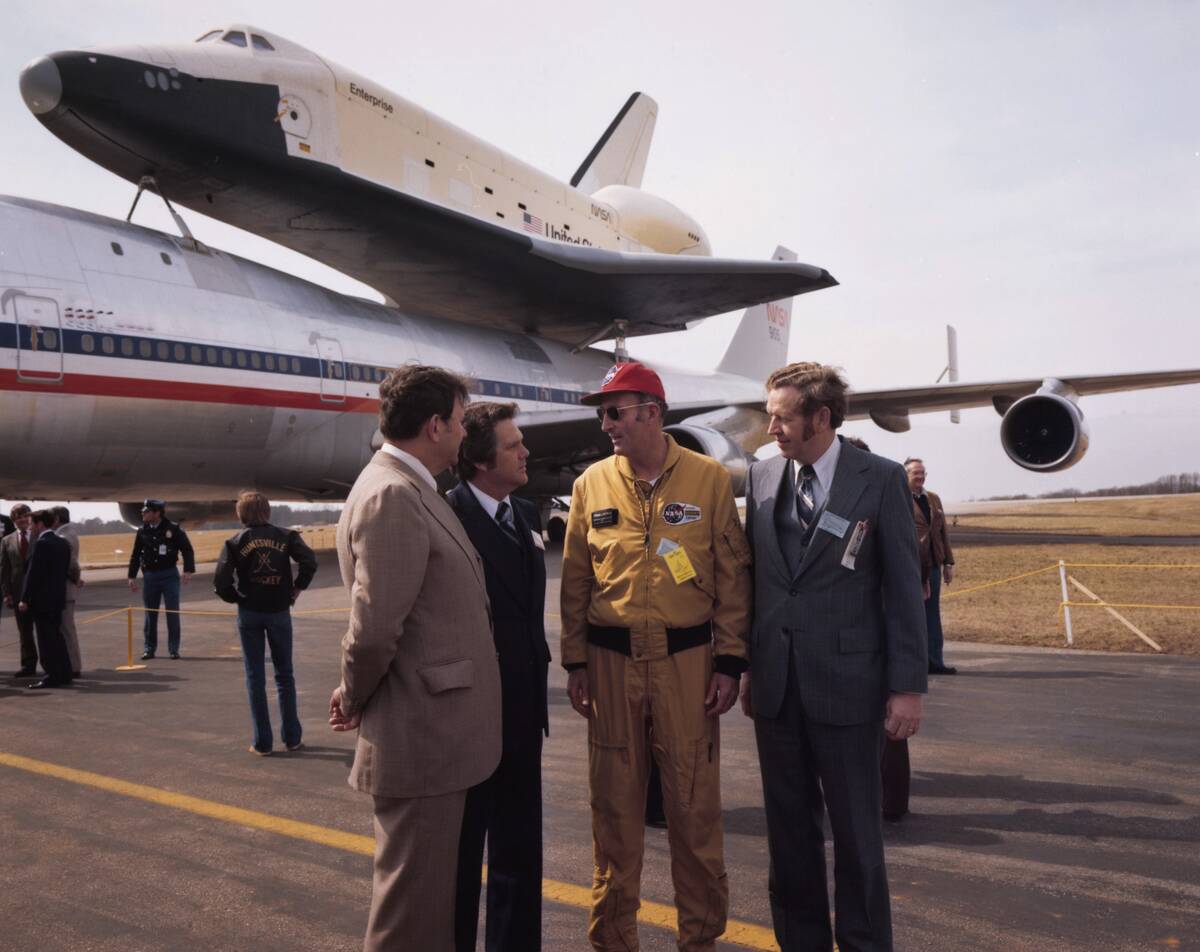
The Space Shuttle Enterprise was NASA’s first space shuttle, but it never flew into space. Built as a test vehicle, it was used for approach and landing tests in the late 1970s. Its development provided critical data for the shuttle program, helping to refine the design and operations of future orbiters. Enterprise’s legacy lives on as a symbol of innovation and a testament to the meticulous testing that ensures the success of space missions.
The Ambitious Project Prometheus
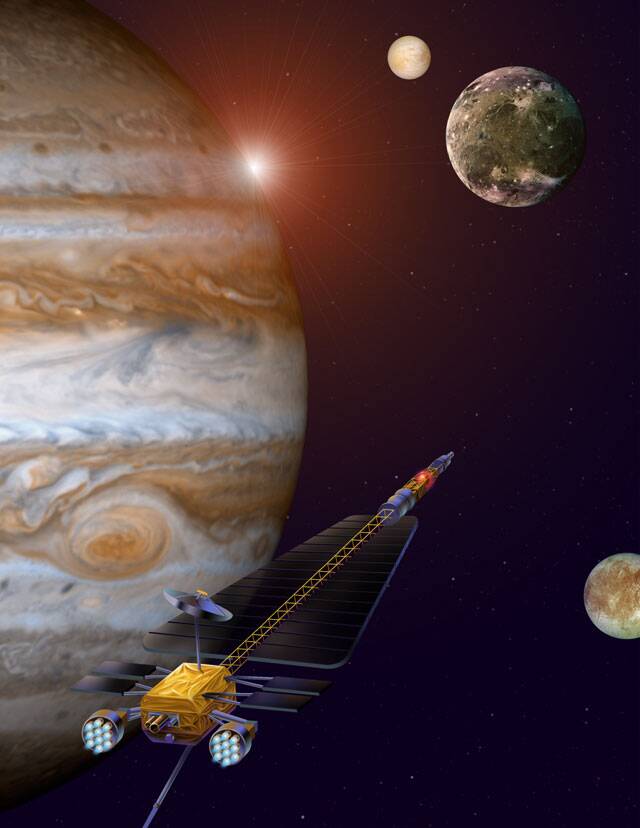
Project Prometheus was a NASA initiative in the early 2000s focused on developing nuclear-powered systems for deep-space missions. Its goal was to enable long-duration missions by providing a reliable power source far from the Sun. Although the project was eventually canceled, it highlighted the potential of nuclear technology in space exploration, influencing future discussions on powering missions to distant destinations like Jupiter’s moons and beyond.
GRAB: The Secret Satellite That Wasn’t
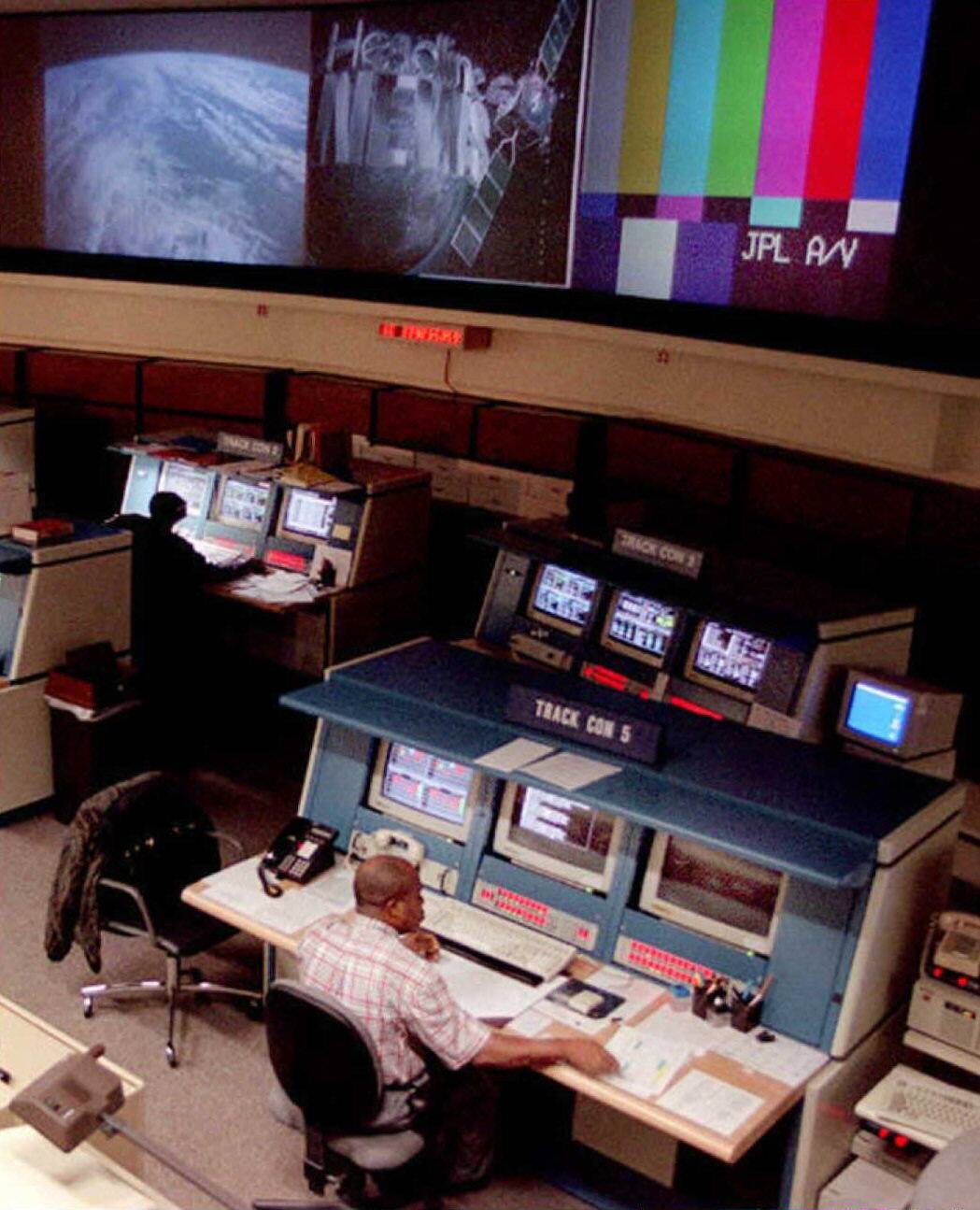
GRAB, or Galactic Radiation and Background, was the first successful reconnaissance satellite, launched in 1960. Initially, it was disguised as a scientific mission to study solar radiation, but its primary objective was to collect radar signals from the Soviet Union. This covert operation represented a significant step in space-based intelligence gathering, providing valuable data during the Cold War and laying the groundwork for modern reconnaissance satellites.
The Eerie Silence of the SETI Program
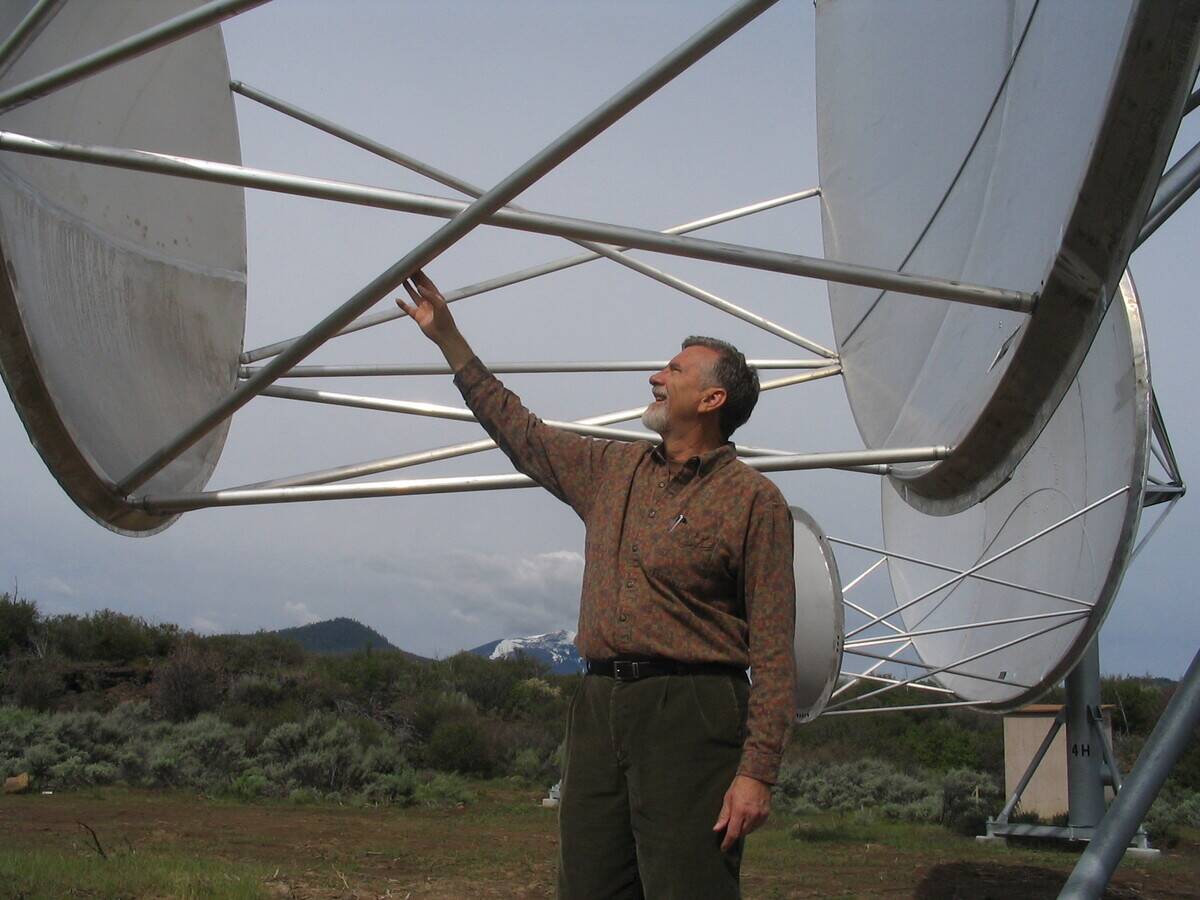
The Search for Extraterrestrial Intelligence (SETI) program has long captivated the imagination but remains elusive in its findings. Despite decades of scanning the cosmos for alien signals, SETI has yet to detect any definitive signs of extraterrestrial life. The program, however, has advanced our understanding of radio astronomy and inspired countless scientific endeavors and public curiosity about our place in the universe. The silence may be eerie, but the quest continues.
The Lesser-Known Mars Observer Mission
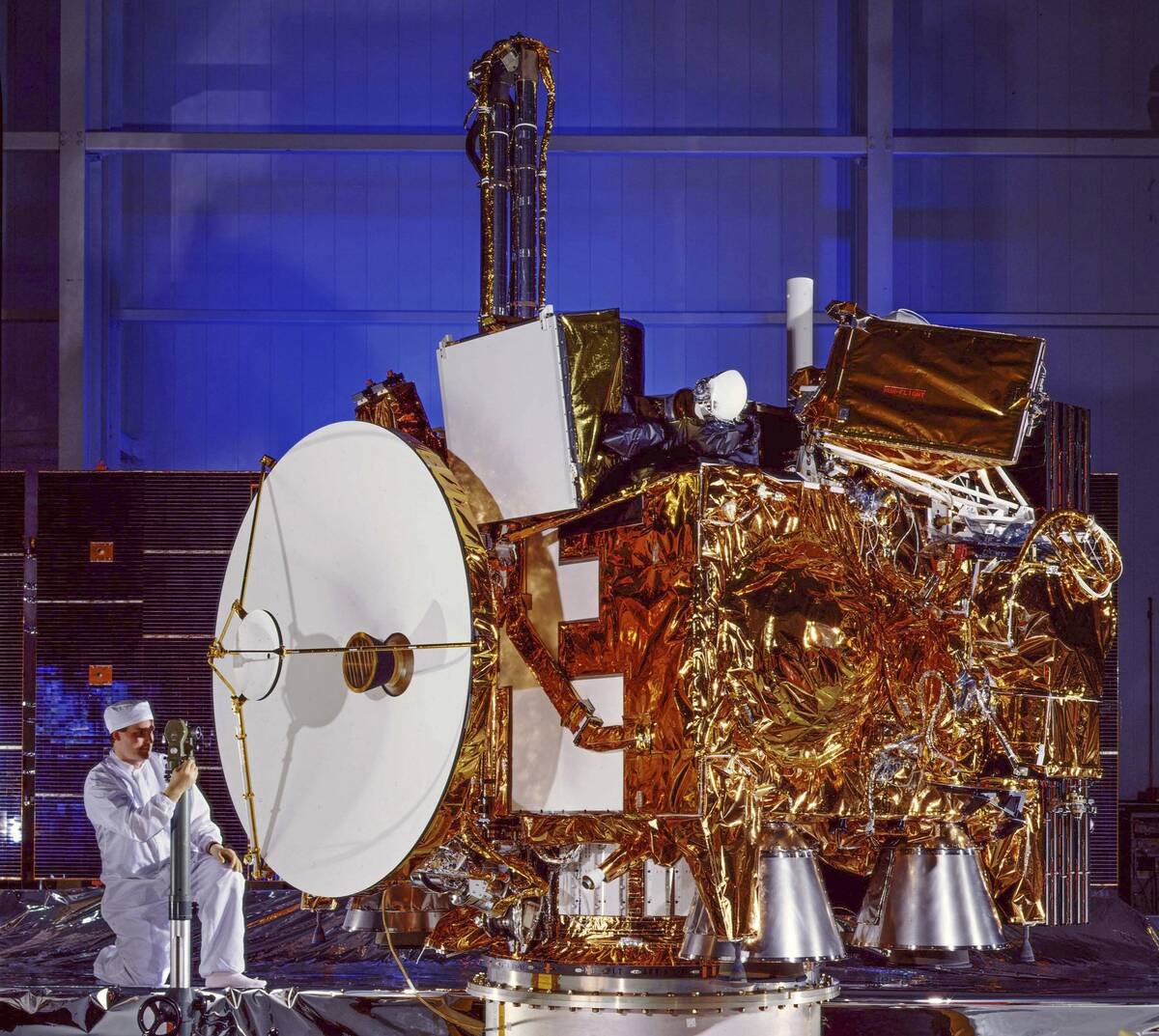
Mars Observer was launched in 1992 with the goal of studying the Martian surface, atmosphere, and climate. Unfortunately, communication was lost just before it reached Mars, and the mission was never completed. Despite this setback, Mars Observer’s design and objectives influenced future missions, leading to successful endeavors like Mars Global Surveyor. The mission remains a poignant reminder of the challenges and unpredictability of space exploration.
The Elusive Lunar Orbiter Program
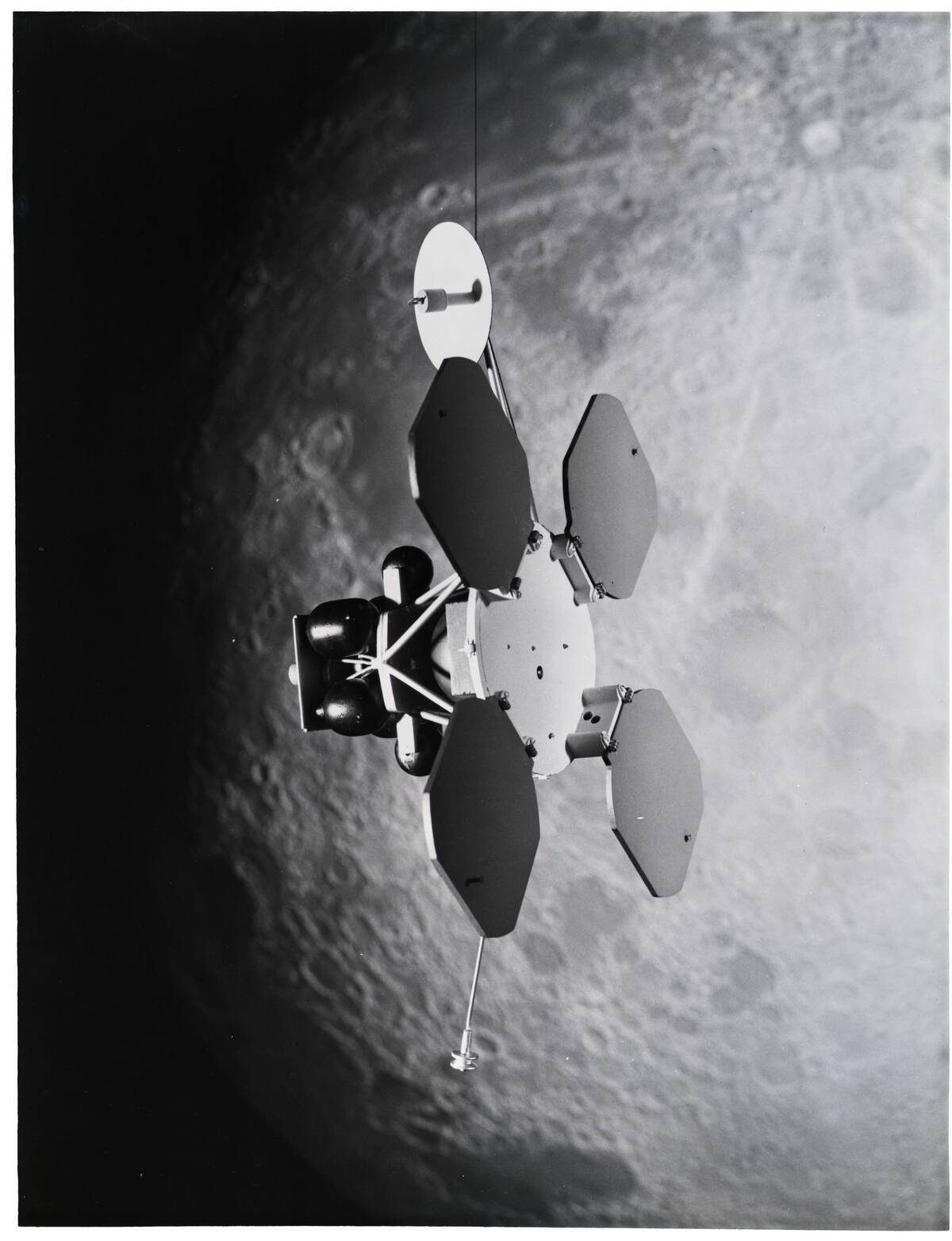
The Lunar Orbiter Program was a series of missions in the 1960s designed to map the Moon’s surface. These missions were critical in selecting landing sites for the Apollo program. The high-resolution photographs provided detailed insights into the lunar terrain. Although overshadowed by the subsequent manned moon landings, the Lunar Orbiter missions were essential in ensuring the safety and success of Apollo astronauts.
The Intriguing Viking Program
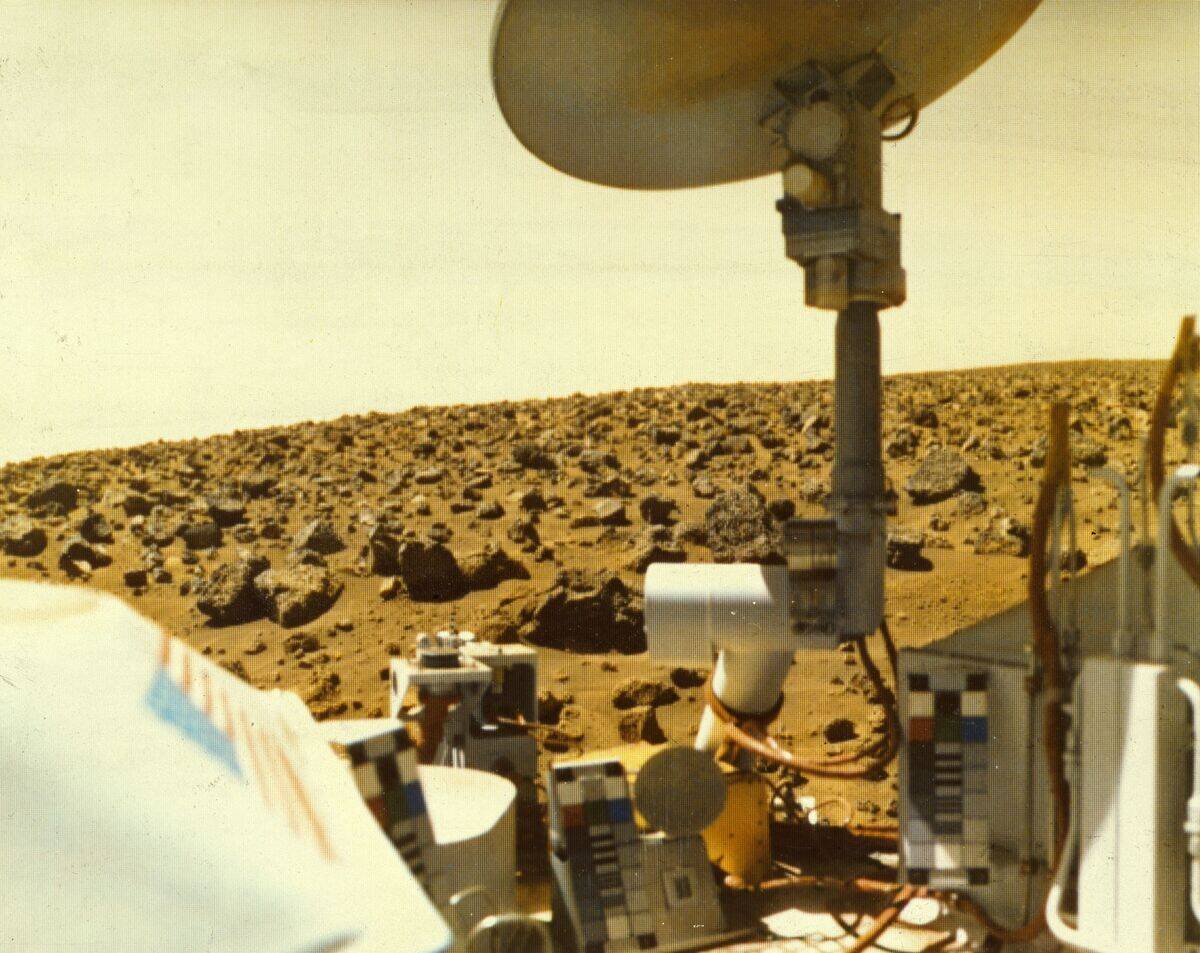
The Viking program consisted of two spacecraft sent to Mars in the 1970s, becoming the first successful landers on the planet. They conducted experiments to search for signs of life and analyzed Martian soil and atmosphere. The data collected by Viking landers significantly advanced our understanding of Mars, providing a foundation for future missions, even though the experiments did not find definitive evidence of life on the Red Planet.
The Quiet Success of the Hubble Predecessor, Lyman Spitzer Jr.
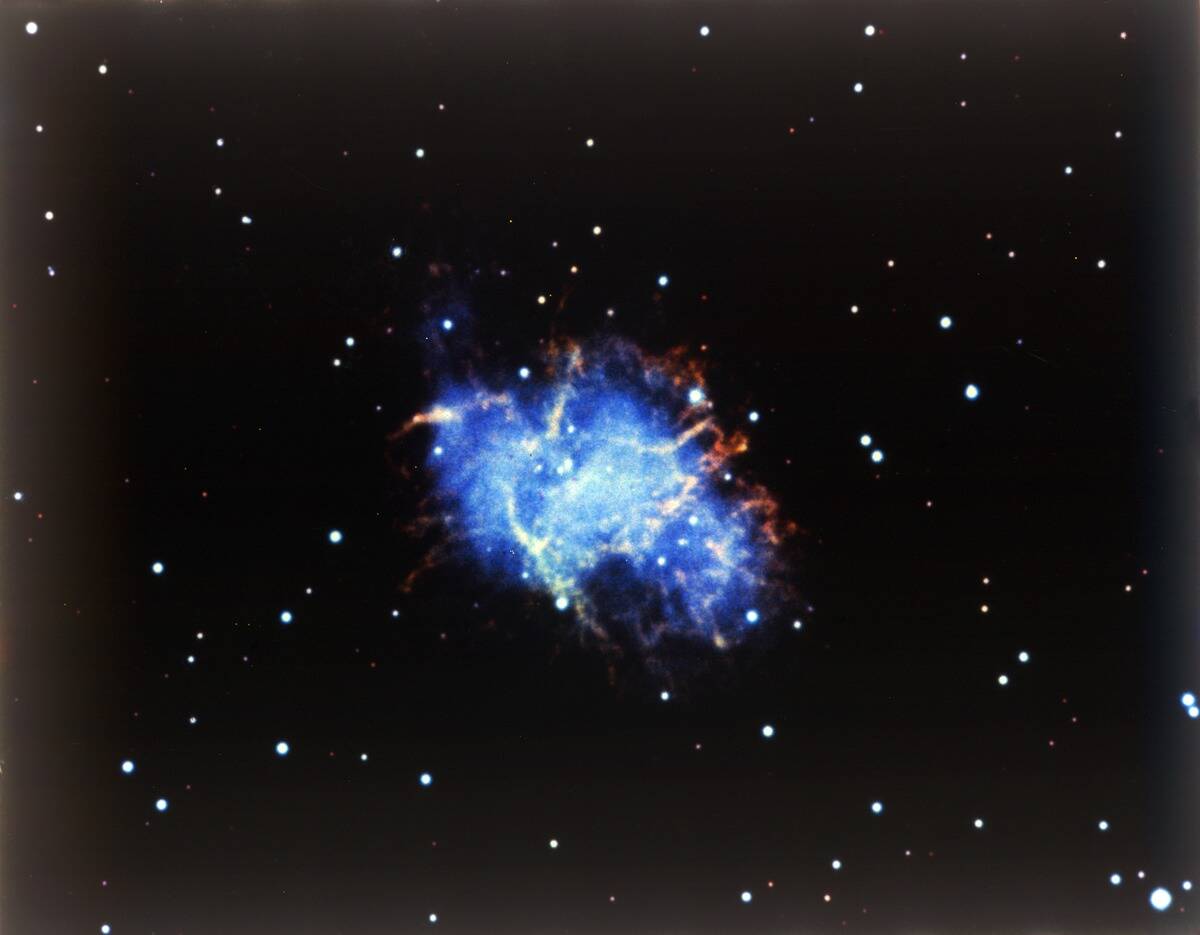
Before the Hubble Space Telescope, there was the Lyman Spitzer Jr. telescope concept. Named after the visionary astrophysicist who first proposed space-based observatories, it paved the way for the development of space telescopes. Although not realized as a standalone mission, Spitzer’s advocacy and research were instrumental in the eventual launch of Hubble, which transformed our understanding of the universe. His vision laid the groundwork for modern astrophysics.
The Odyssey of the Orion Program
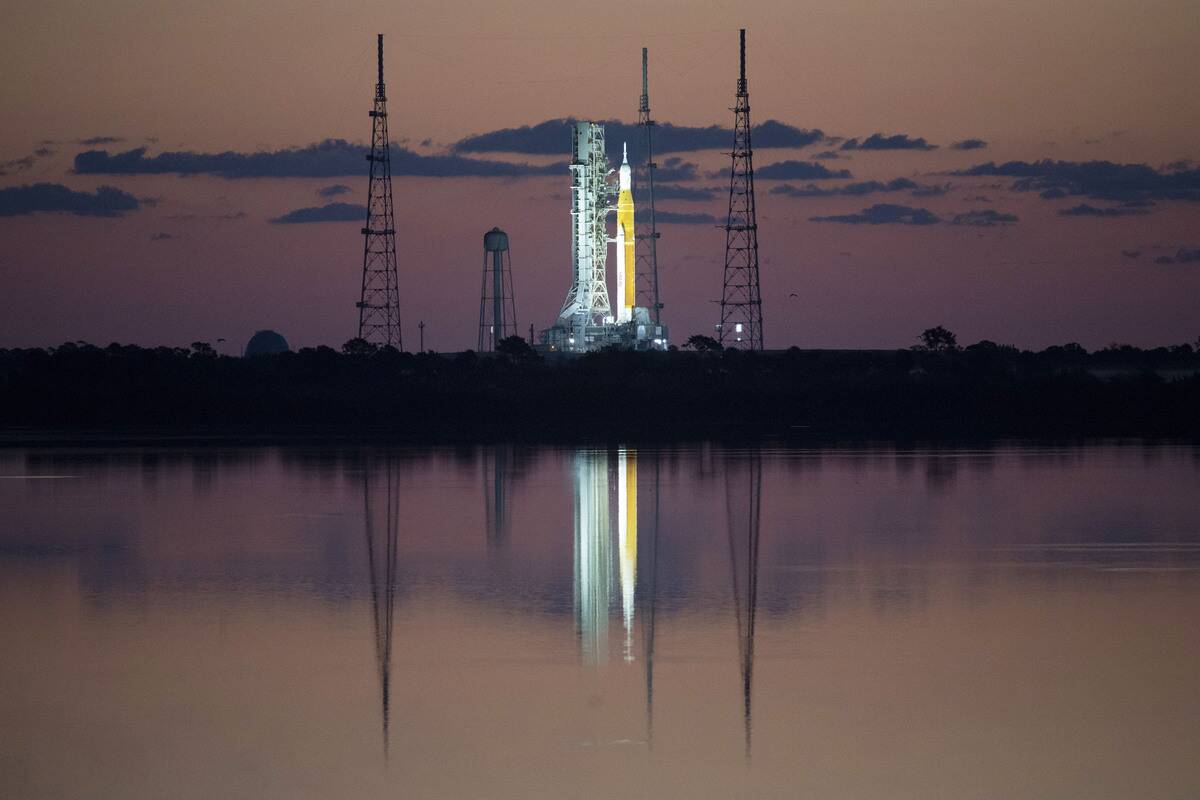
The Orion Program is NASA’s initiative for deep-space exploration, aiming to send humans beyond Earth orbit for the first time since Apollo. It includes developing the Orion spacecraft, designed for long-duration missions to the Moon and potentially Mars. Although still in progress, Orion represents a renewed commitment to human exploration of the solar system, with plans for lunar missions under the Artemis program serving as stepping stones for future exploration ventures.



